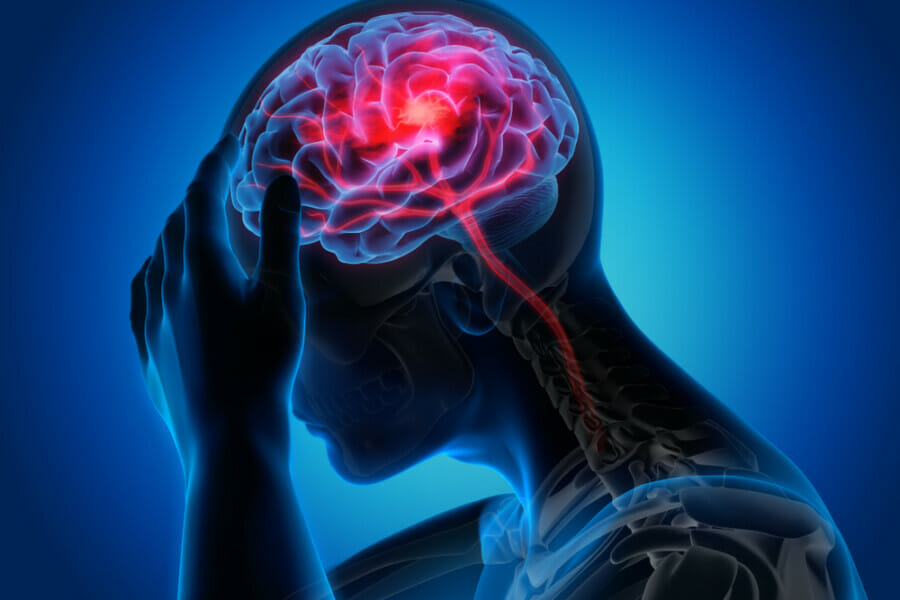Understand The Different Parts Of The Brain & How To Take Care Of It
**Understanding the Different Parts of the Brain and How to Take Care of It**
When was the last time you considered the makeup of your brain and what drives it? Unless you work in a scientific field related to the brain or have a keen interest in neuroscience, thoughts about the brain’s structure and its different functions are infrequent. That’s not due to a lack of education or curiosity but rather because, unless there are issues, most people do not ponder specific brain functions. Instead, we typically view the body and mind as a unified entity and seek ways to care for the whole being.
However, it is beneficial to be aware of the brain’s structure, its design, and what can be done to support this remarkable organ in its development throughout life. In the following sections, we will explore the fundamental structures of the brain and how they collaborate to enhance our enjoyment of life.
### The Brain Stem
Imagine your favorite flower. Now, think about its structure – all flowers have a stem that links them to the rest of the plant and provides sustenance and information. Similarly, the brain has a stem that connects it to the nervous system (linking to the spine). This part, known as the brain stem, is crucial as it controls physical movements and essential functions like breathing, heartbeat, hearing, and vision.
### The Cerebellum
Referred to as “the little brain,” the cerebellum is responsible for movement, posture, coordination, balance, and more. When you ingest excessive alcohol, the impairment of this brain part becomes evident. This is why you may feel dizzy, unstable, or even fall.
### The Cerebrum or the Cortex
The cerebrum, also known as the cortex, is the most extensive part of the brain, visible to the naked eye. It consists of two hemispheres, each managing intricate tasks such as cognitive thoughts and actions. The cerebrum comprises four lobes, each with unique functions in the body. For instance, the occipital lobe, located at the back of the cerebrum, handles visual processing and interpretation of colors and shapes. Conversely, the frontal lobe governs reasoning, problem-solving, and personality, among other complex functions. Damage to the frontal lobe due to head trauma can cause sudden personality changes in individuals.
### How to Take Care of Your Brain?
Despite being well-protected, the brain is still susceptible to diseases like Alzheimer’s, Parkinson’s, infections, among others. Therefore, to minimize risks, adopting a healthy lifestyle with a brain-friendly diet is essential. Foods rich in Omega-3 acids (found in fatty fish), vegetables (such as broccoli and leafy greens), fruits (like blueberries and oranges), eggs, dark chocolate, green tea, pumpkin seeds, nuts, turmeric, and others provide the necessary minerals and nutrients for brain health.
Additionally, the brain follows the “use-it-or-lose-it” principle. Just as you may forget how to play the piano without practice, constant engagement is important to keep the brain agile. Engage in sports that demand coordination and focus, tackle challenging problems, read, learn new skills, and savor life experiences to keep your brain youthful.
In conclusion, the brain remains a remarkably intricate organ about which much is still unknown. Nevertheless, understanding its known aspects can aid in better caring for its various components and functions.

















